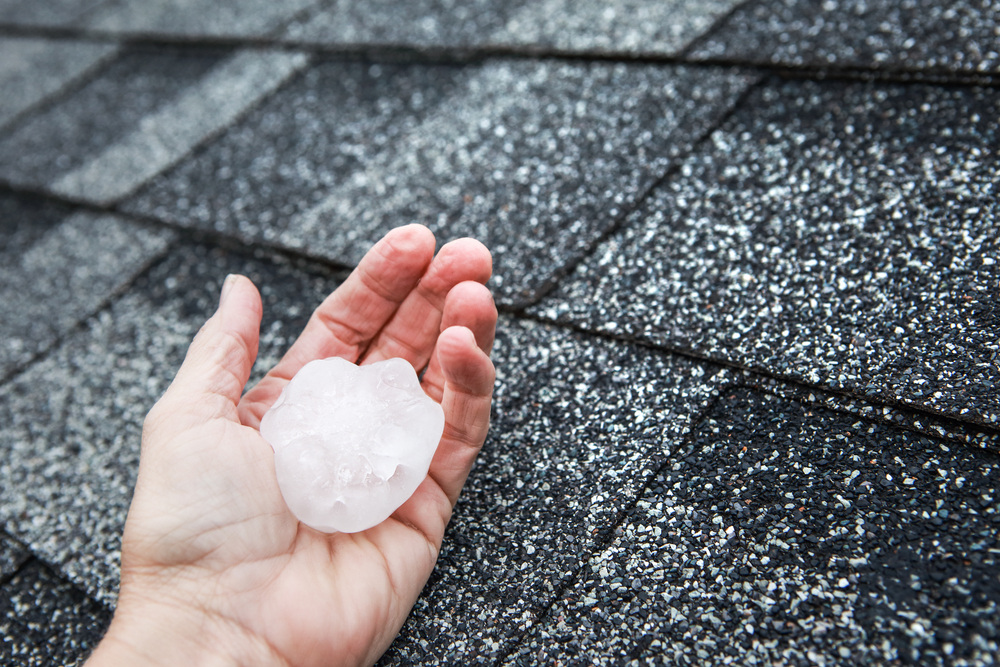
What to Look For First, you might find warning signs of structural damage in the interior of your home. In addition to …

Many newer-modeled homes are beginning to insulate attics to decrease the heat and energy loss. Having an uninsulated attic can lead to several problems, including the formation of an ice dam.
An ice dam is a build up of ice at the base of the roof along the gutter, caused by melted snow that refreezes. A pool of water from melted snow develops and the longer this pool of water sits, the more time the water can find cracks in your roof. The major reason behind the ice dam occurring is a combination of poor attic ventilation and the snow acting as an insulator.
Uninsulated attics in the winter can be problematic, especially during heavy snowstorms. After a heavy snowstorm, the bottom layer of snow begins to melt due to the roof’s heat. When the underside of the roof in the attic is higher than 32 degrees, the snow melts, running down the roof. If your gutters are not given proper care, the water then builds up, causing water to sit and eventually form to ice. After another big snowstorm, the process repeats itself, leaving more water to sit behind the ice build up. When there is little time between snowstorms, the snow becomes a powerful insulator, making the outside of the roof’s surface warmer and melting the snow faster.
Ice Dams can be extremely problematic for homeowners, and the damage is not always noticed right away. The sitting water on the roof seeps into the cracks of the roof, getting into your attic and walls. The most common ice dam effects are ceiling cavities and peeling or blistered wall paint. There is also the chance of mold and mildew formation. The attic insulation can be affected as well, which creates recurring problems for the interior and exterior of the house.
You can take immediate actions to avoid ice dam formation. After each snowfall, a roof rake can be used to clear snow from the first three to four feet of your roof. Making sure your gutters are clean is another simple way to take immediate precaution when avoiding the chance of ice buildup. While these are just two short-term steps, there are also long-term ice dam prevention steps that will tackle the root cause of the issue. Insulating your attic and installing a water repellent membrane are two possible long-term solutions, but should be done by a professional.
Storm Guard Restoration provides both ice dam and snow removal services for your convenience. We realize that it is not feasible or safe for everyone to maintain a roof during wintertime. If you are unsure of the necessary steps to take before, during, or after a snowstorm, please contact a local Storm Guard representative to set up a property inspection. Ice dams can be a serious problem, so make sure you are prepared for the winter season with an insulated attic.

What to Look For First, you might find warning signs of structural damage in the interior of your home. In addition to …

Knowing what qualifies as good attic ventilation is not common knowledge, but without it your home can see a lack …

When it comes to severe weather, hailstorms can wreak havoc on roofs, leaving behind costly damage if not detected and …

From cockroaches in Arkansas to spiders in California to the common stinkbugs that thrive throughout the united states, there are pests …

And as the warmer weather approaches, you can expect to see more and more of these six-legged pests biting at …

How to Clean and Maintain Gutters for a Functional Home Gutters are an essential part of any home’s roofing system. …